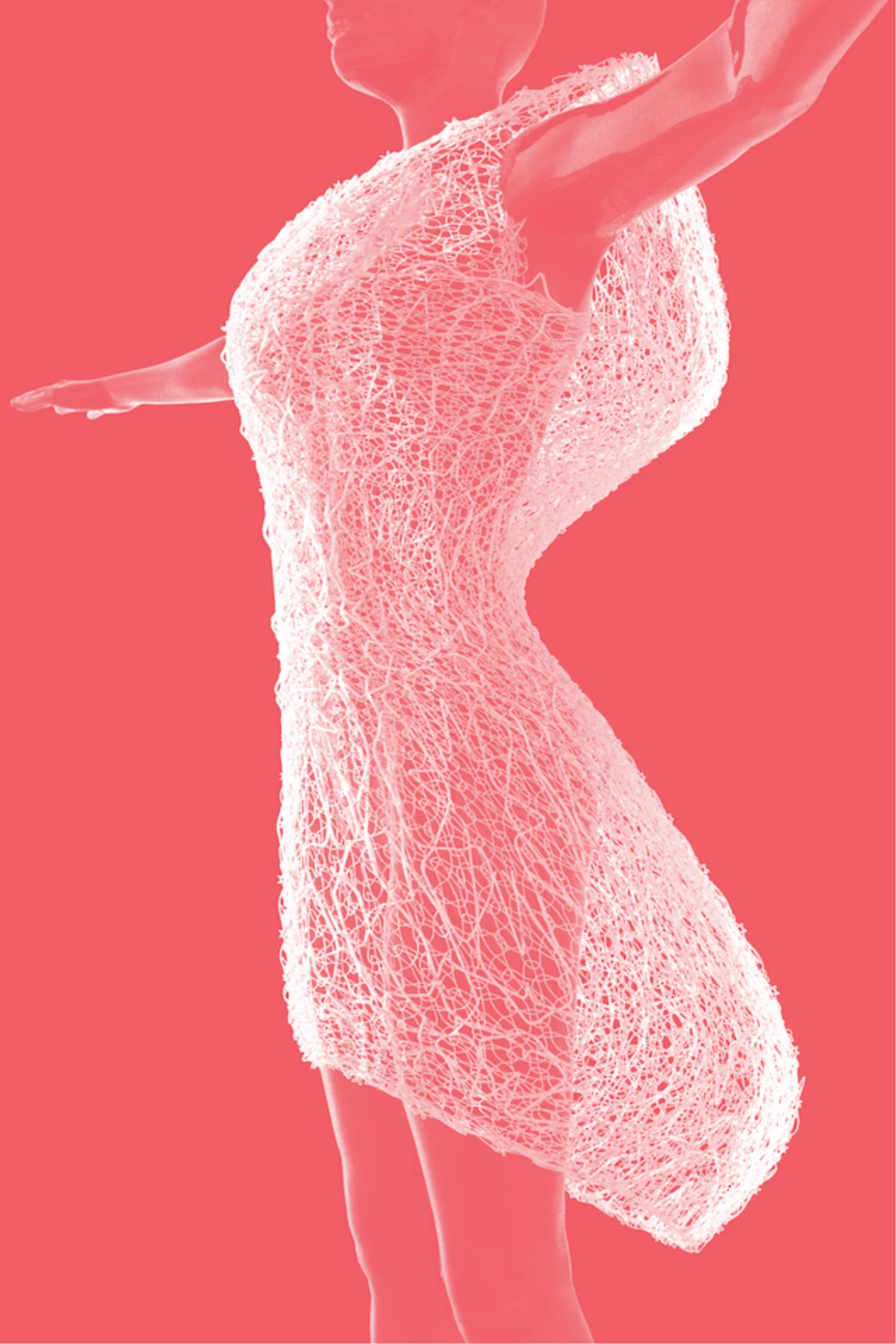
In 2015, a startup called “Eyebeam” showed many of its computational fashion pieces at New York fashion week. Computational fashion aims to touch upon many themes such as aesthetic, ergonomics, and intellectual property. What I admire about computational fabrication within fashion, is that it is extremely innovative and predictive of the future. Because traditional garments are made of fabric, they are fluid in nature. Today fluidity has become a popular style in design and architecture. Architects such as Zaha Hadid have been inspired by the fluidity of fashion pieces and reflected fluidity in their architecture.
However, the three main issues computation fashion desires to fix are flexibility, recharge-ability, and affordability. 3D printing has become increasingly popular for designers when modeling. But one of the biggest downsides of a 3D printed model is that it lacks malleability and flexibility. Designers at the company have found that by printing on different materials, they can manipulate it with interlocking springs to make naturally stiff material, loose like fabric or textile. Designer Bradley Rothenberg prints on nylon, polymers, and sometimes metals. He has used Python for the program Rhino in the past, but now uses C++ to allow himself to create more advanced structures. By increasing and decreasing his code and varying the geometric properties, he can control the material properties better.
Fashion technologies need to work throughout the day, and thus an important factor for computational fashion designers is recharge-ability. Eyebeam’s project director advised against having to plug a garment piece into your smartphone because it is inconvenient. Instead, professor Dan Steingard of Princeton University has been exploring energy options such as body heat, wind up solar, and bendable batteries. The third important factor is affordability. The minimum printing resolution for 3D printing is 500 microns. Because the resolution is not nice enough yet, there will have to be significant investments made in fashion technology.
Source:
![[OLD SEMESTER] 15-104 • Introduction to Computing for Creative Practice](https://courses.ideate.cmu.edu/15-104/f2022/wp-content/uploads/2023/09/stop-banner.png)